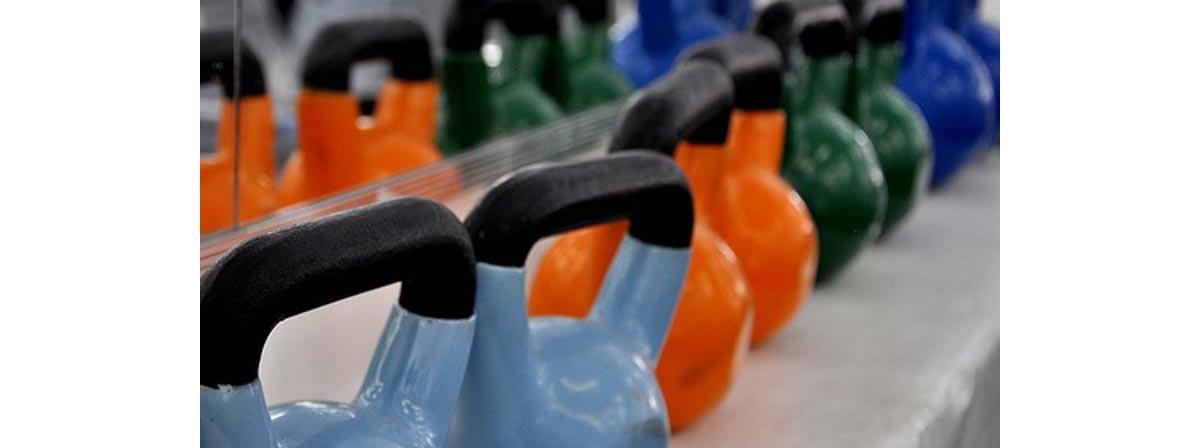Table of Contents
The gym industry is very happy to have you. But it's happiest of all to have your membership; most commercial gyms couldn't possibly accommodate all their members if everyone who actually has a membership went there three to five times a week. And while a full complement of equipment helps you to get a better session, you can train alone at home with minimal equipment and make a substantial difference to your health and fitness.
Busy lives mean we can’t always get to the gym. But these exercises are a good replacement when time is tight.

Kettlebell Swings
The simplest of the simple. A kettlebell is cheap: a 16kg bell can cost as little as £20 to £25. And they're simple to use. Kettlebell swings are the foundational exercise of kettlebells so if you wanted to progress this is where you should start. But even if you never want to do anything more complicated than swings, you can still get some pretty major benefits including cardiovascular, work capacity and even strength improvements. Just 10 minutes of swings can be effective.
How It's Done
Stand with your kettlebell between your feet. Grip the kettlebell handle with both hands, palms down, and with your arms straight and your shoulders retracted. Stand, and swing the kettlebell out away from you with the movement of your hips, not your arms. Then pull it hard toward your hips and move your hips back. In the bottom position you should be almost facing the floor, with the kettlebell between your legs, your knees almost straight and your back slightly arched. By pulling on the bell to control it and driving forward with your glutes, move to the top position with your hips extended, shoulders retracted slightly and the bell at shoulder height.
READ No Time for the Gym? Use Kettlebells for a Full Body Workout
Ab Wheel Rollouts
Ab wheels look like something that belong on the 3AM Shopping Channel. But just because they're brightly colored and made of plastic doesn't mean they're a gimmick. Dan John and Ross Enemait both swear by them, and they do more than "give you abs." When you do an isolation abdominal exercise like sit-ups (not really an abdominal exercise), crunches (designed to produce hypertonicity without increasing strength or bulk) or whatever it is I see people doing in those miniature astronaut rocker things in the gym, you're taking your abdominals through an unnatural range of motion and training them in isolation. These are normally trunk flexion exercises too, and excessive trunk flexion is a bad idea. Says who? Dr Stuart McGill, that's who. (Source: T-Nation.)
How It's Done
Start on your knees. Put your knees on a towel about shoulder width apart. Put your ab wheel on the floor in front of you and roll it out, keeping your arms straight and your spine locked, until the wheel is overhead and your nose is touching the floor. Then return to the original position by pulling down on the ab wheel. Get good and you can do them on your feet instead of your knees. These will improve your pullups too!
- Photo courtesy of v1ctor: www.flickr.com/photos/v1ctor/8495391748/
- Photo courtesy of o00bsesed: www.flickr.com/photos/impuls-f/3947686324/


Your thoughts on this